No doubt you will have realised how much I love birds, love looking for them, love finding them, love watching them and learning their ways, love getting good photographs of them. The latter, though, is not always easy, and for two days in a row I’ve seen some wonderful birds I don’t often see but both times they’ve been too distant to photograph well.

Yesterday, at Sully Beach, it was Whimbrels, at least four of them, poking about in the piles of seaweed for crabs and other small morsels of food. But I hadn’t timed my visit very well – the tide was ebbing and already well out so the birds were distant. (I’m planning another visit or two in the coming days when the tides are higher so fingers crossed for better images.)
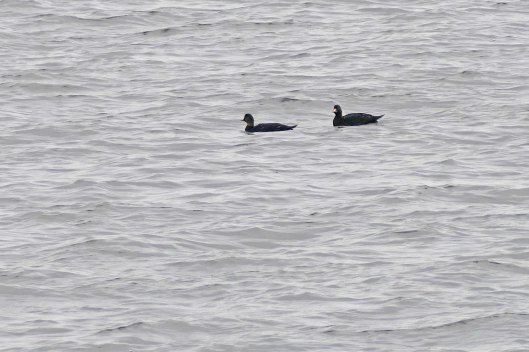
And today, in Cardiff Bay, two Common scoters popped in for a visit. These are birds I’ve only ever seen three times before and that was back in 2019, so seeing them was a real treat. Sadly, they were always distant and the weather was dreich: big dark clouds blowing a cool wind across the water, with frequent squalls.

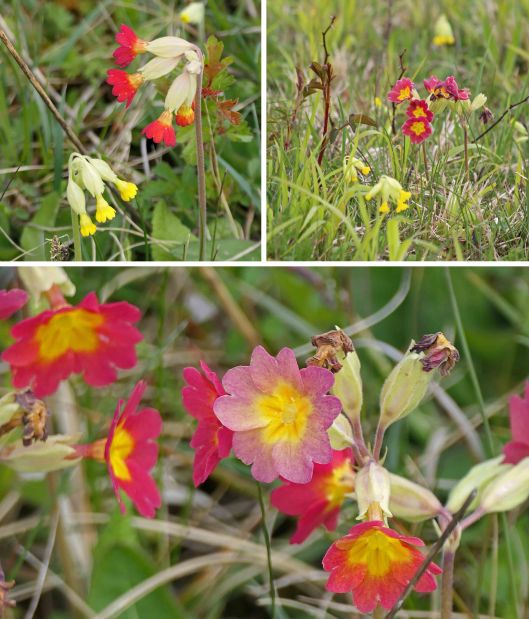





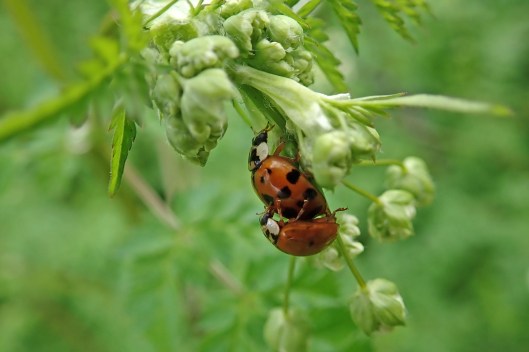





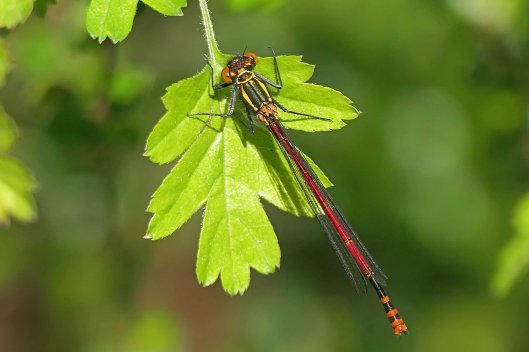
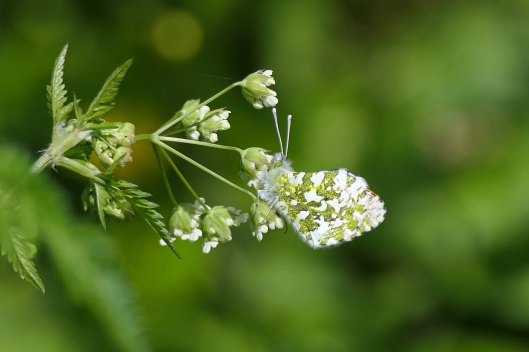

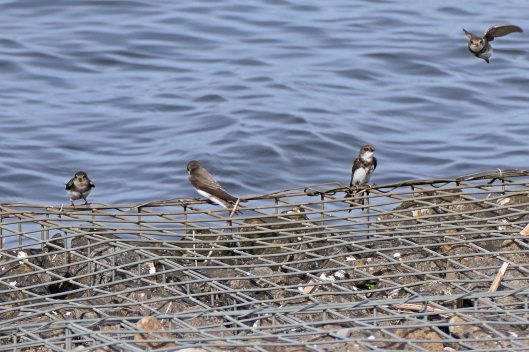

You must be logged in to post a comment.